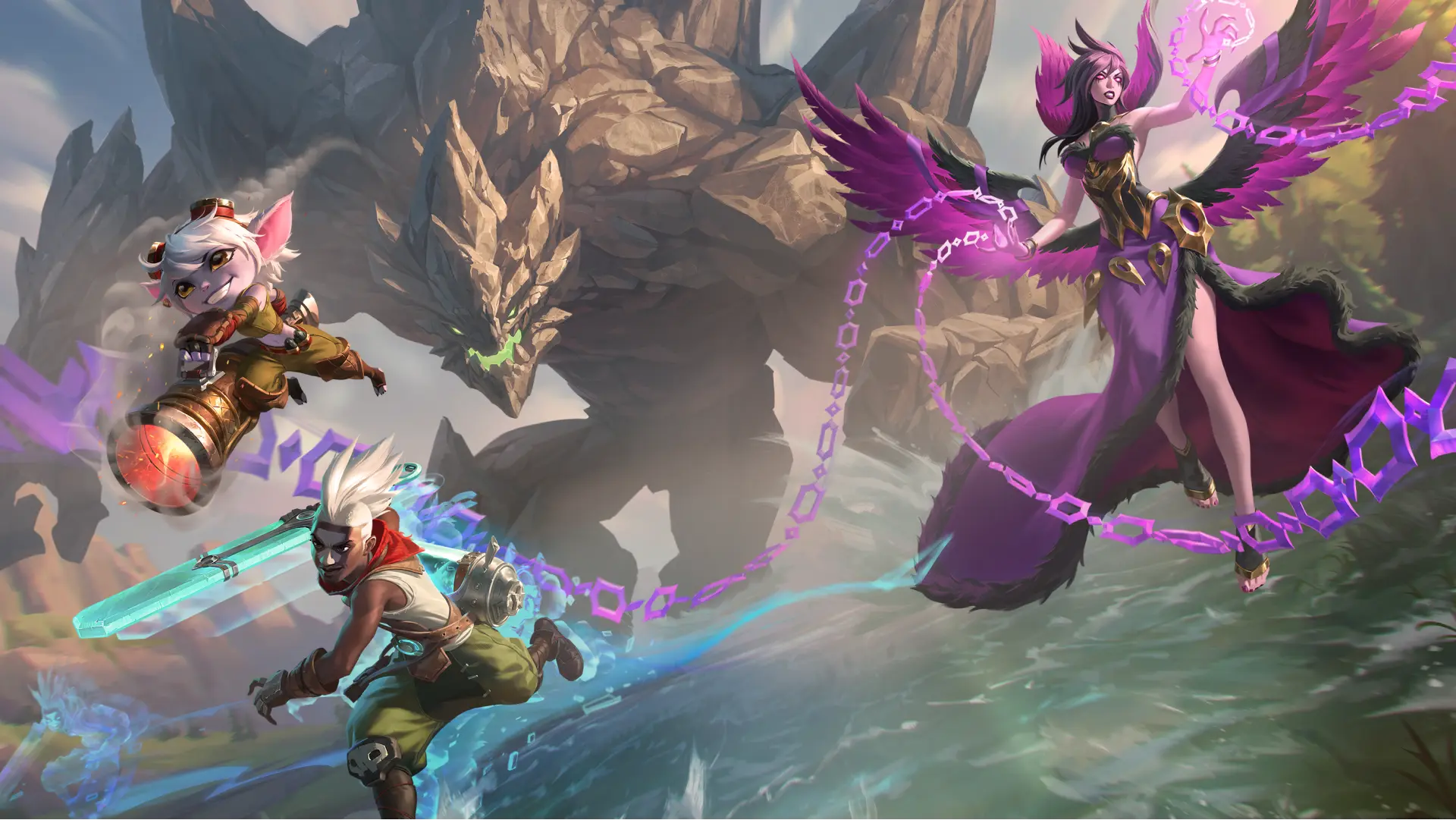Lag in games is a common issue faced by gamers worldwide. It can define the difference between an enjoyable gaming experience and a frustrating one. In the context of gaming, lag refers to a noticeable delay between a player's action and the game's response. Whether it's a pause in graphics or a delay in character movement, lag can significantly impact gameplay.
What Causes Lag in Games?
Several factors contribute to lag in gaming, including:
- Poor Internet Connection: A slow or unstable internet connection is one of the primary causes of lag. High ping rates, low bandwidth, and packet loss can severely affect gameplay.
- Server Issues: Sometimes, the game servers can experience high traffic or technical problems, resulting in lag for all users connected to them.
- Hardware Limitations: If your computer or console lacks the necessary processing power or graphics capabilities, it can cause lag during gameplay.
- Background Applications: Running multiple applications or updates in the background can consume bandwidth and processing resources, leading to lag.
Signs of Lag in Games
Identifying lag can be vital for resolving issues swiftly. Common signs include:
- Control delays: Your character responds slowly to inputs.
- Stuttering graphics: The visuals lag or freeze intermittently.
- Audio desynchronization: Sounds may not align with the actions in the game.
- High ping: The latency between your connection and the game server is significantly increased.
How to Reduce Lag in Games
To enjoy smooth gameplay, you can implement several strategies to reduce lag:
Optimize Your Internet Connection
Ensuring a strong, stable internet connection is crucial. Consider the following tips:
- Use a Wired Connection: Whenever possible, connect your gaming device directly to the router using an Ethernet cable for a more reliable connection.
- Close Background Applications: Close unnecessary applications that consume bandwidth, such as streaming services and downloads.
- Upgrade Your Internet Plan: If you frequently experience lag, consider upgrading to a plan with higher bandwidth.
- Limit Connected Devices: Reduce the number of devices connected to your network to maximize bandwidth for gaming.
Adjust In-Game Settings
Many games offer settings to optimize performance:
- Lower Graphics Settings: Reducing graphics quality can help the game run more smoothly, especially on older hardware.
- Disable V-Sync: Turning off vertical synchronization can reduce input lag.
- Use Performance Mode: Switch your game to performance mode, if available, to prioritize frame rates over visuals.
Upgrade Your Hardware
If lag persists, it might be time to consider upgrading your gaming setup:
- Improve RAM: Increasing your system's RAM can help with multitasking and general performance.
- Upgrade Your GPU: A better graphics card can significantly enhance gaming performance.
- Invest in an SSD: Installing games on a solid-state drive (SSD) instead of a traditional hard drive can reduce load times.
Conclusion
Understanding lag in games and knowing how to reduce it can vastly improve your gaming experience. By optimizing your internet connection, adjusting in-game settings, and potentially upgrading your hardware, you can minimize lag and enjoy more immersive gameplay. Stay informed about your network status and make adjustments as needed to keep your gaming sessions smooth and enjoyable.
Explore further resources on reducing lag:




.webp)

